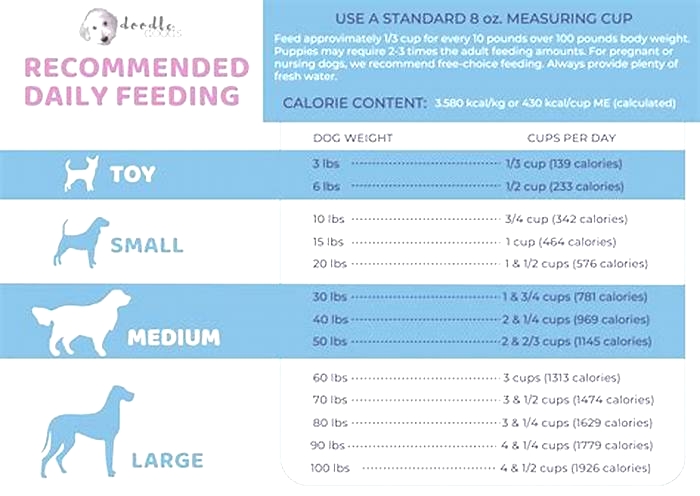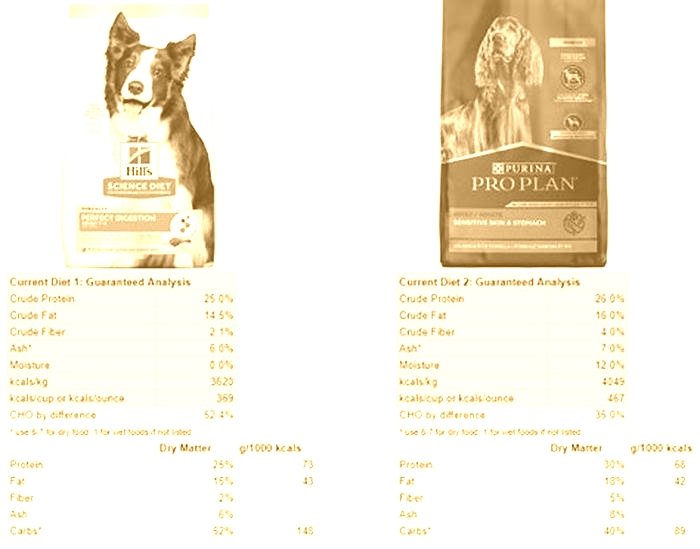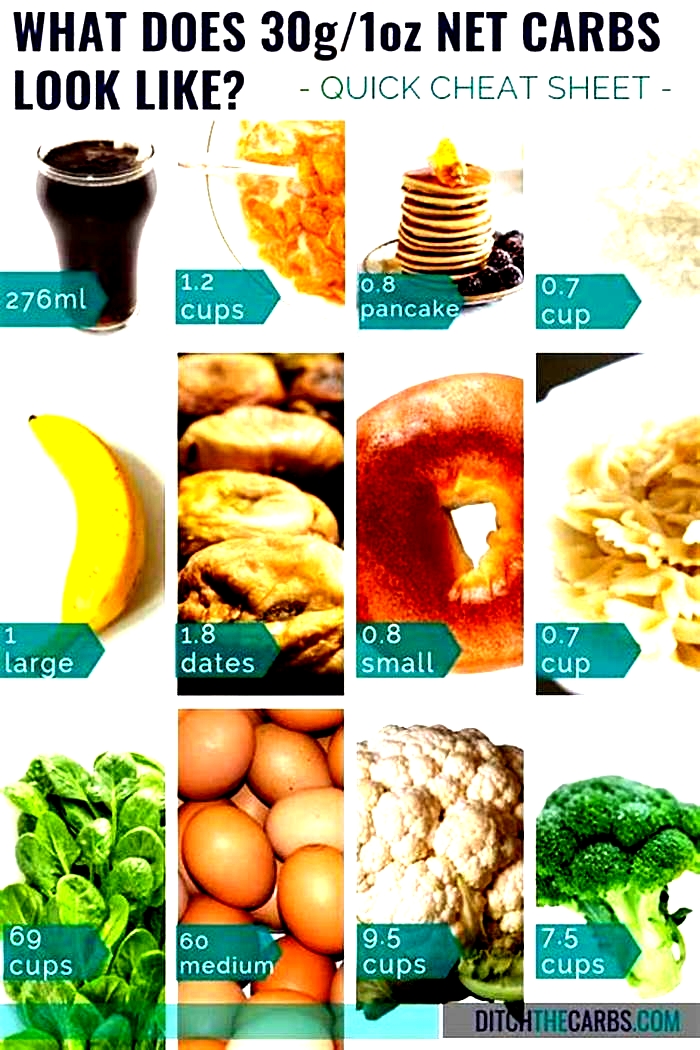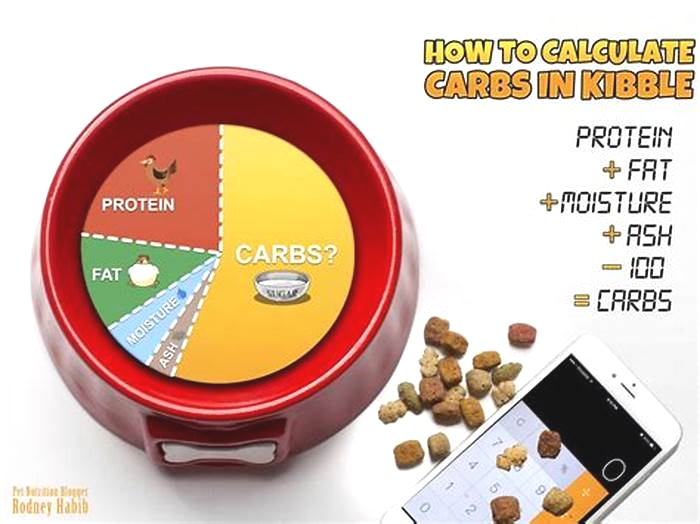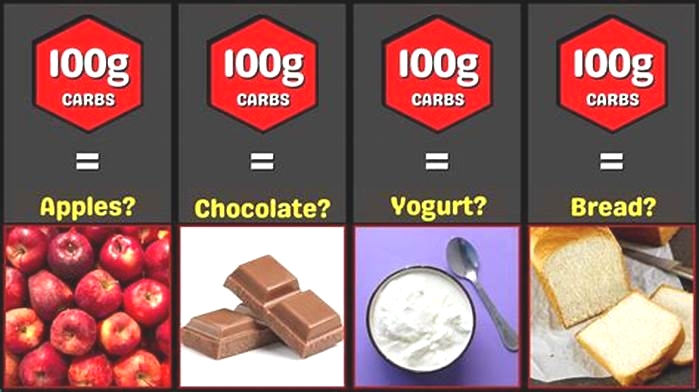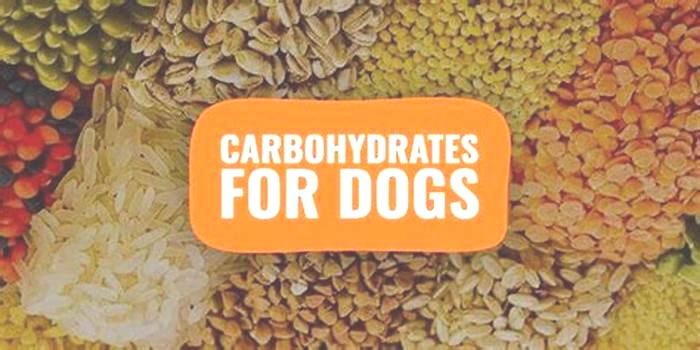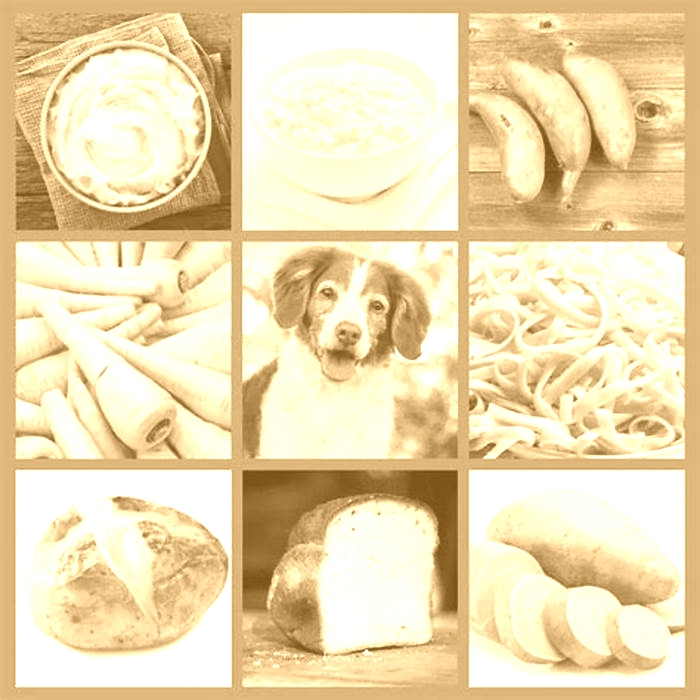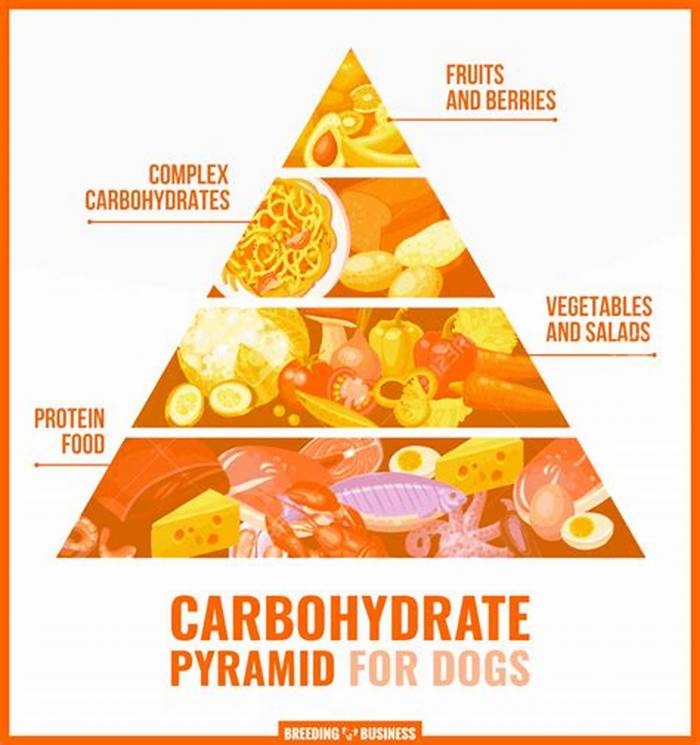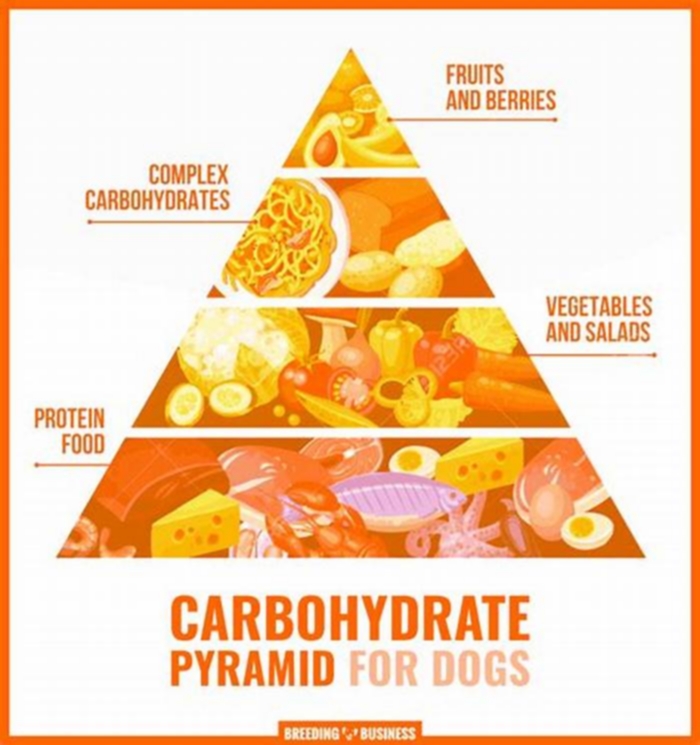How many grams of carbs do dogs need
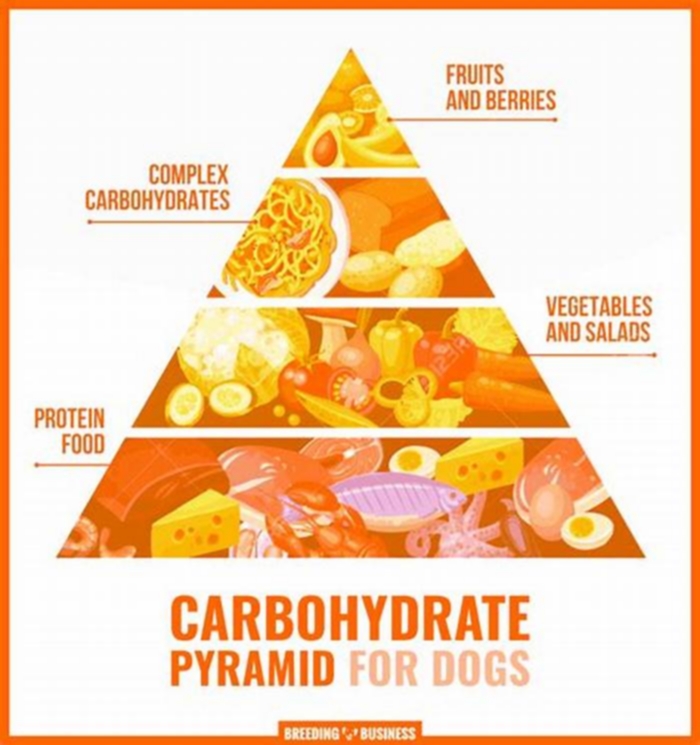
Do Dogs Need Carbohydrates?
Dogs are carnivores and have very little nutritional requirement for dietary carbohydrates (starch) to thrive. They get everything they require from protein and fat. Unfortunately, carbohydrates are one of the the main ingredients in commercial pet food, not displayed on the packaging. Our dogs ancestors didnt eat dry kibble like they do today.
A dogs digestive system is geared up to digest exactly what he evolved it eat wild prey. Unlike us, dogs cannot produce the enzyme amylase in their saliva that helps break down starch. However, they do produce a small amount from the pancreas which means they are capable of digesting small amounts like grasses, seeds and plant matter all of which would have been found in the wild preys gut they would have hunted down and eaten. Due to the lack of amylase, digesting processed food; laden with carbohydrates puts huge pressure on the digestive system that can lead to many health issues like obesity, diabetes and cancer so it only makes sense to feed a fresh or species appropriate diet that mimics what they evolved to eat naturally.
The Ultimate Raw Feeding Guide for Dogs
As discovered by the NRC (Nutritional Research Council), it has been proven that dogs do not require a high amount of carbohydrates, un yet they allow 30-60% of pet and veterinary approved foods to contain carbohydrates. National Research Council of the National Academy of Sciences, Nutrient Requirements of Dogs and Cats, 2006 Edition, National Academies Press, Washington, DC.
Not all carbohydrates are bad for our dogs, so how do we know what to look for and understand the good from the bad and how much we should be offering them and why?[
Carbohydrates come in three categories sugar, starch and fibre.
Simple carbohydratesare the simplest of the two carbohydrate forms. They are essentially sugars that are found in many cheap highly refined grains, white rice and can also be found in fruit (fructose) dairy products (lactose). Simple carbohydrates can be further broken down to monosaccharides and disaccharides. Quickly and easily metabolised, these simple carbohydrates better known as (sucrose and glucose) which are found in refined products like sugar beets all of which area source for short-term energy.
Complex carbohydratesare made up of larger, more complex molecules.These are called polysaccharides. They are digested more slowly; these are subcategorised as starches and fibres. Both soluble and insoluble fibres are found only in unprocessed whole foods (plant food) such as vegetables. Complex carbohydrates provide slow-release energy. They aid digestion, help maintain the immune and nervous systems and help regulate the metabolism.
Lets talk phytonutrients! We love them here at MPN. Phytonutrients are not essential to keep the dog alive like proteins, fats, vitamins and minerals do, but they have shown to help with important health benefits including potent antioxidant properties (antioxidants that help protect cells from oxidative damage caused by free radicals/disease) and may have anti-cancer activities that send healthy signals to cells.
Phytonutrients also encourage enzyme production and add fibre to the diet. The most common are carotenoids (which include alpha-carotene and beta-carotene) and flavonoids. Carotenoids are found in fruit and vegetables that are red, orange and yellow in colour. Examples: bell peppers, raspberries, carrots, sweet potato, cauliflower and apples.
Flavonoids are found in the darker coloured fruit and vegetables that have blue, purple and red pigments. Examples: blueberries, blackberries and some green vegetables such as kale.
Phytoestrogens however, are some what different and important to understand why. They are found in foods like soy beans, chick peas, alfalfa and legumes. They come under the names of coumestan, isoflavones and lignans. These should be consumed in moderation as they can disrupt endocrine function, such as the thyroid gland which can lead to Hypothyroidism similar effects to feeding too many cruciferous vegetables, these should also be fed in moderation but they do have some benefits in fighting cancer.
Phytoestrogens are chemicals found in plants that act like hormone oestrogen and can either mimic or block oestrogenic effect (Allred et al., 2001). On a positive note, lignans can have a helpful effect. Flax Hull Lignans have shown success in Cushings disease, which is a disease caused by having too much cortisol in the body.
According to a study on Scottish Terriers that was carried out in 2005, suggests that consuming certain vegetables three times per week might prevent or slow down the development of transitional cell carcinoma (TCC) a bladder cancer that this breed is predisposed to.
Study found hereDespite the fears regarding oxalates which are naturally occurring plant substances. If fed in large amounts (and in some cases with dogs who have leaky gut) it may be absorbed from the gut into the blood, urine and tissue. When excreted by the urine calcium-oxalates bind together and can lead to kidney stones (which is rare in dogs but crystals are not unheard of). These oxalates are found in green leafy vegetables.
If these phytonutrients are fed in small amounts there should not be too much of concern. The highest levels of oxalates are found in spinach, beet greens and swiss chard, feeding small amounts is perfectly fine or opt for lower oxalates in vegetables like watercress and cabbage. Anything that isnt species appropriate should always be fed in moderation.
Glycemic index is a measurement of how certain foods increase blood sugar once eaten. Many high glycemic carbohydrates are refined grains that have been milled resulting in loss of most nutritious contents; dietary fibre, iron and the B vitamins. High glycemic carbohydrates should be avoided in dogs, such as corn, wheat, white rice, potatoes and peas. You will find these in the majority of commercially prepared dog food, dogs being fed these types of foods, may do well for a short term but will only be a matter of time when health issues start arising.
For example, dogs who suffer with sensitivities or allergies, may do better eating food that have low glycemic index (GI) such as vegetables, fruits and grains like: leafy greens, cucumber, cauliflower, courgettes, pears, quinoa and buckwheat, and avoid high GI. Here at MPN we always recommend feeding fresh real food, either lightly cooked or raw that consists of a broad range of nutrients. Variety is key to achieve this as no single food contains all the requirements our dog needs to thrive.
Low Fat Kangaroo
Whats the deal with Grain Free?
Grain free diets have become popular over the past few years and many have changed to grain free food thinking they are feeding a better choice. Many care givers are realising that grains are not suitable or perhaps their vet has recommended one due to the dog showing some kind of sensitivity or allergy to gluten. But are these foods actually any better?
According to the U.S Food and Drug Administration. In July 2018 they had begun an investigation into potential link between certain diets and canine dilated cardiomyopathy (DCM) and dogs eating certain grain free pet foods after reviewing more than 500 cases of DCM. These foods contain a high proportion of peas, lentils, other legume seeds (pulses), and/or potatoes in various forms as main ingredients (listed within the first 10 ingredient list, before vitamin and minerals).
The issue we have is that taurine isnt listed as essential in FEDIAF guidelines. Dogs can make their own protein from other amino acids that are listed as essential. Even if these foods are tested for the correct level, legumes or also known as lectins appear to be blocking absorption of the amino acid causing the disease. These lectins are carbohydrate- binding proteins (why they are frequently used in commercial kibble, to help stick and help form the little shapes or balls) they contain inflammatory plant proteins, wheat is an example.
They cause havoc in the digestive tract and can cause intestinal permeability, or leaky gut. Lectins are present in most plant foods but especially high in the nightshade vegetables such as, potatoes, peppers and tomatoes and legumes such as beans, peas, lentils, soybeans and peanuts.
Findings hereGut Guardian
Here we will show you how to calculate the carbohydrate content in a bag of dried dog food. Rarely, if ever will you find carbohydrates listed on manufactured dog food. The way to know for sure is to study pet food labels and know what to look for. Once you understand how to do this you will be shocked with the amount that is hidden in the food.
On average the majority of dried food on the market today contain anywhere between 46% and 74% carbohydrates, staggering isnt it! To find out the typical analysis (details which you can find on the packaging that list information about levels of certain nutrients in your dogs food). According to British law, all complete dog foods have to display the percentages.
All dog foods consist of protein, fat, ash and moisture. The total of these components equals 100% of the overall weight of the dry food. If ash content is not listed, allow for on average of 7%. Moisture is generally between 5-9%. Fibre is included as part of the carbohydrates.
Typical Analysis
Protein 23%
Fat 8%
Moisture 8%
Ash 7.5%
Add all the above together 23+8+8+7.5 = 46.5 and deduct from 100 =
53.5% carbohydratesObesity is on the rise in the UK while 77%of vets believe the obesity issues has got worse since 2009 (Pet Food Manufactures Association(PFMA) 2014)
Grains generally get talked about in a negative way due to the highly processed dry dog foods that contain a considerably large amount of them. On the other hand, freshly cooked grains can be quite a useful addition in raw feeding or cooked diets. They can be added for dogs who need to gain weight or struggle to keep weight on, and for the likes of active working dogs. Freshly cooked oats (preferably organic) could be an option for those who need to bulk out food and keep costs down.
Oats are also useful for dogs in late stage kidney disease, they help to reduce the protein content while increasing calories. Soaking the grains overnight will help aid digestion and remove phytic acid which acts as anti-nutrient. It reduces the absorption of valuable vitamins and minerals such as niacin, calcium, iron, magnesium, and zinc.
Only feed small amounts around 6th of a raw diet and a quarter of a cooked diet if the dog can tolerate them! Many dogs are intolerant to gluten (grains that contain gluten are oats, barley, wheat and rye) so feeding ancient grains (also called pseudo-grains) would be abetter alternative as these are seeds rather than grains.
These include the likes of mullet, buckwheat and amaranth that are all high in protein and fibre. We would like to add how amazing Amaranth is here, if you havent heard of it look it up! It is also gluten.
grain free, protein rich that have a well balanced amino acid composition. It has good functional properties, high bioavailability that provides plenty of fibre and helps fight inflammation. These type of functional foods are more nutritious; gluten free and less likely to cause sensitives. Chia seeds are also full of important nutrients.They are rich in antioxidants and an excellent source of omega 3 fatty acids. They provide fibre, iron, and calcium too, you can see why they are claimed to be a superfood!
Be mindful anything that is not fresh, feed in moderation. To find out more and how functional foods can work for your dog and how to avoid unnecessary carbohydrates in their diet, check out our consultation services.
ConsultationsThanks for reading!
MPN Team x
Nutrition and healthy eating
Carbohydrates: How carbs fit into a healthy diet
Carbohydrates aren't bad, but some may be healthier than others. See why carbs are important for your health and learn which ones to choose.
By Mayo Clinic StaffCarbohydrates often get a bad rap, especially when it comes to weight gain. But carbohydrates, often called carbs, aren't all bad. Because of their many health benefits, carbs have a rightful place in the diet. In fact, the body needs carbs to work well.
But some carbs can be better for you than others. Understand more about carbohydrates and how to make healthy diet choices.
Understanding carbohydrates
Carbohydrates are a type of macronutrient found in many foods and beverages. Most carbs occur naturally in plant-based foods, such as grains. Food manufacturers also add carbs to processed foods in the form of starch or added sugar.
Common sources of naturally occurring carbohydrates include:
- Fruits
- Vegetables
- Milk
- Nuts
- Grains
- Seeds
- Beans, peas and lentils
Types of carbohydrates
There are three main types of carbohydrates:
- Sugar. Sugar is the simplest form of carbohydrate. It occurs naturally in some foods, including fruits, vegetables, milk and milk products. Types of sugar include fruit sugar (fructose), table sugar (sucrose) and milk sugar (lactose). Added sugars can be found in many foods, such as cookies, sugary drinks and candy.
- Starch. Starch is a complex carbohydrate. This means it is made of many sugar units bonded together. Starch occurs naturally in vegetables, grains, and cooked dry beans and peas.
- Fiber. Fiber also is a complex carbohydrate. It occurs naturally in fruits, vegetables, whole grains, and cooked dry beans and peas.
More carbohydrate terms: Net carbs and glycemic index
The terms "low carb" or "net carbs" often appear on product labels. But the Food and Drug Administration doesn't use these terms, so there's no standard meaning. Typically, the term "net carbs" is used to mean the amount of carbs in a product excluding fiber or excluding both fiber and sugar alcohols.
You probably have also heard talk about the glycemic index. The glycemic index classifies carbohydrate-containing foods according to their potential to raise blood sugar levels.
Weight-loss diets based on the glycemic index typically suggest limiting foods that are higher on the glycemic index. Foods with a relatively high glycemic index ranking include potatoes, white bread, and snack foods and desserts that have refined flours.
Many healthy foods are naturally lower on the glycemic index. Examples include whole grains, legumes, vegetables, fruits and low-fat dairy products.
How many carbohydrates do you need?
The Dietary Guidelines for Americans recommend that carbohydrates make up 45% to 65% of total daily calories.
So if you get 2,000 calories a day, between 900 and 1,300 calories should be from carbohydrates. That translates to between 225 and 325 grams of carbs a day.
You can find the carbohydrate content of packaged foods on the Nutrition Facts label. The label shows total carbohydrates which can include fiber, total sugars and added sugars.
Carbohydrates and your health
Despite their bad reputation, carbohydrates are vital to your health for many reasons.
Providing energy
Carbohydrates are the body's main fuel source. During digestion, sugars and starches are broken down into simple sugars. They're then absorbed into the bloodstream, where they're known as blood sugar (blood glucose).
From there, glucose enters the body's cells with the help of insulin. Glucose is used by the body for energy. Glucose fuels your activities whether it's going for a jog or simply breathing and thinking. Extra glucose is stored in the liver, muscles and other cells for later use. Or extra glucose is converted to fat.
Protecting against disease
Some evidence suggests that whole grains and dietary fiber from whole foods help lower your risk of heart disease and stroke. Fiber may also protect against obesity, colon and rectal cancers, and type 2 diabetes. Fiber is also essential for optimal digestive health.
Controlling weight
Evidence shows that eating plenty of fruit, vegetables and whole grains can help you control your weight. Their bulk and fiber content aids weight control by helping you feel full on fewer calories. Despite what proponents of low-carb diets claim, few studies show that a diet rich in healthy carbs leads to weight gain or obesity.
Choose your carbohydrates wisely
Carbohydrates are an essential part of a healthy diet, and they provide many important nutrients. Still, not all carbs are equally good for you.
Here's how to make healthy carbohydrates work in a balanced diet:
- Focus on eating fiber-rich fruits and vegetables. Aim for whole fresh, frozen and canned fruits and vegetables without added sugar. Or have measured portions of fruit juices and dried fruits, which are concentrated sources of natural sugar, but have more calories. Whole fruits and vegetables have many health benefits. They add fiber, water and bulk, which help you feel fuller on fewer calories.
- Choose whole grains. Whole grains are better sources than refined grains of fiber and other important nutrients, such as B vitamins. Refined grains go through a process that strips out parts of the grain along with some of the nutrients and fiber.
- Stick to low-fat dairy products. Milk, cheese, yogurt and other dairy products are good sources of calcium, protein, vitamin D, potassium, and other vitamins and minerals. Consider the low-fat versions to help limit calories and saturated fat. And watch out for dairy products that have added sugar.
- Eat more beans, peas and lentils. Beans, peas and lentils are among the most versatile and nutritious foods. They are typically low in fat and high in folate, potassium, iron and magnesium. And they have useful fats and fiber. They are a good source of protein and can be a healthy substitute for meat, which has more saturated fat and cholesterol.
- Limit added sugars. Added sugar probably isn't harmful in small amounts. But there's no health benefit to having any amount of added sugar, such as in cookies and pastries. The Dietary Guidelines for Americans recommend that less than 10% of calories you eat or drink every day come from added sugar. Eating or drinking too many foods with sugar can also cause you to take in more than the calories you need each day.
So choose your carbohydrates wisely. Limit foods with added sugars and refined grains, such as sugary drinks, desserts and candy. These are high in calories but low in nutrition. Instead, select fruits, vegetables and whole grains.
From Mayo Clinic to your inbox
Sign up for free and stay up to date on research advancements, health tips, current health topics, and expertise on managing health. Click here for an email preview.
ErrorEmail field is required
ErrorInclude a valid email address
To provide you with the most relevant and helpful information, and understand which information is beneficial, we may combine your email and website usage information with other information we have about you. If you are a Mayo Clinic patient, this could include protected health information. If we combine this information with your protected health information, we will treat all of that information as protected health information and will only use or disclose that information as set forth in our notice of privacy practices. You may opt-out of email communications at any time by clicking on the unsubscribe link in the e-mail.
Thank you for subscribing!
You'll soon start receiving the latest Mayo Clinic health information you requested in your inbox.
Sorry something went wrong with your subscription
Please, try again in a couple of minutes
March 22, 2022- Colditz GA. Heathy diet in adults. http://www.uptodate.com. Accessed Feb. 24, 2022.
- Feldman M, et al. Digestion and absorption of dietary fat, carbohydrate, and protein. In: Sleisenger and Fordtran's Gastrointestinal and Liver Disease: Pathophysiology, Diagnosis, Management. 11th ed. Elsevier; 2021. http://www.clinicalkey.com. Accessed Feb. 24, 2022.
- Diabetes diet, eating, and physical activity. National Institute of Diabetes and Digestive and Kidney Diseases. https://www.niddk.nih.gov/health-information/diabetes/overview/diet-eating-physical-activity. Accessed Feb. 24, 2022.
- Carbohydrates Part of a healthful diabetes diet. Academy of Nutrition and Dietetics. https://www.eatright.org/health/diseases-and-conditions/diabetes/carbohydrates-part-of-a-healthful-diabetes-diet. Accessed Feb. 24, 2022.
- 2020-2025 Dietary Guidelines for Americans. U.S. Department of Health and Human Services and U.S. Department of Agriculture. https://www.dietaryguidelines.gov. Accessed Feb. 24, 2022.
- Libby P, et al., eds. Nutrition and cardiovascular and metabolic diseases. In: Braunwald's Heart Disease: A Textbook of Cardiovascular Medicine. 12th ed. Elsevier; 2022. https://www.clinicalkey.com. Accessed Feb. 24, 2022.
- How to understand and use the Nutrition Facts label. U.S. Food and Drug Administration. https://www.fda.gov/food/new-nutrition-facts-label/how-understand-and-use-nutrition-facts-label. Accessed Feb. 24, 2022.
- Duyff RL. Academy of Nutrition and Dietetics Complete Food and Nutrition Guide. 5th ed. Houghton Mifflin Harcourt; 2017.

